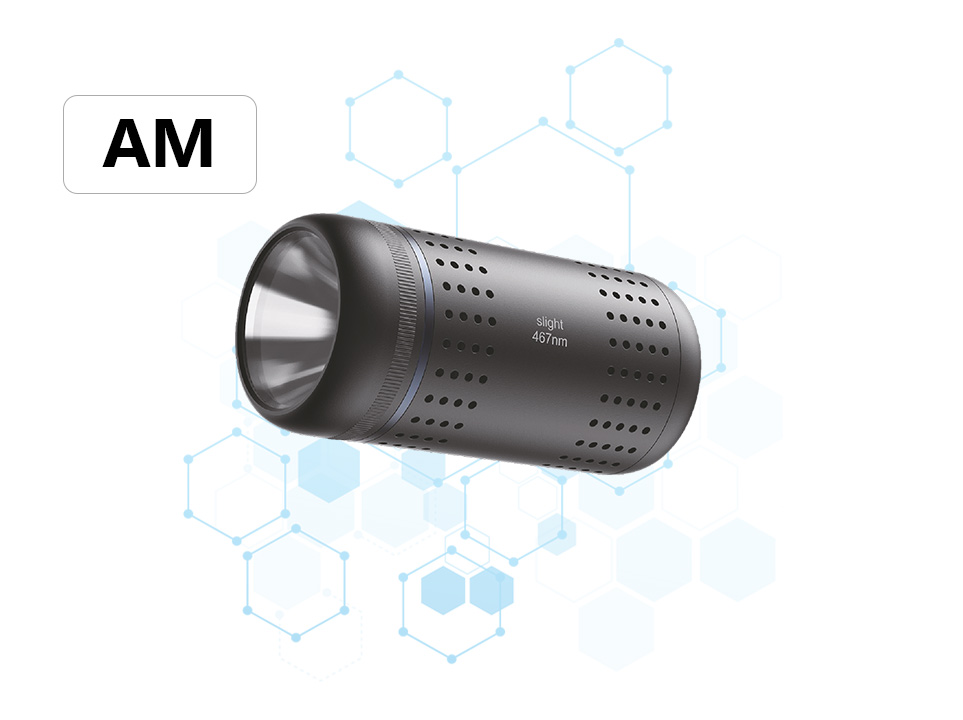What are the main applications of photodegradation reactors?
Photodegradation reactors are advanced technological devices that utilize light energy to break down various chemicals and pollutants into harmless or less harmful substances. These reactors have gained significant attention due to their environmental benefits and wide range of applications. Below, we will explore the primary applications of photodegradation reactors and why they are essential for modern environmental management.
1. Water Purification
One of the most critical applications of photodegradation reactors is in water purification. These reactors can effectively degrade organic pollutants, such as dyes, pharmaceuticals, and personal care products, that are often found in wastewater. By exposing contaminated water to UV light in the presence of a catalyst, photodegradation reactors can break down these pollutants into carbon dioxide and water, thereby improving water quality and ensuring its safety for human consumption and ecological health.
2. Air Pollution Control
Photodegradation reactors also play a pivotal role in air pollution control. They can be used to treat volatile organic compounds (VOCs) and other harmful air pollutants emitted from industrial processes, automotive exhaust, and other sources. By utilizing sunlight or artificial UV light, these reactors can convert these pollutants into harmless compounds, thus reducing their impact on air quality and human health.
3. Waste Management
In the field of waste management, photodegradation reactors offer a promising solution for the decomposition of solid waste. By exposing waste materials to light in a controlled environment, these reactors can accelerate the breakdown process, reducing waste volume and minimizing landfill use. This technology is particularly useful for biodegradable waste, such as food scraps and agricultural residues, converting them into compost or other valuable products.
4. Environmental Remediation
Photodegradation reactors are also valuable for environmental remediation projects. They can be used to treat soil contaminated with hydrocarbons, pesticides, and other pollutants. By incorporating these reactors into remediation strategies, contaminated sites can be cleaned up more efficiently, reducing the risk of environmental and health hazards associated with these pollutants.
5. Advanced Materials Synthesis
Beyond environmental applications, photodegradation reactors are also finding uses in advanced materials synthesis. Researchers are exploring the use of these reactors to create new materials with unique properties, such as photocatalysts that can degrade pollutants more effectively. By understanding and manipulating the photodegradation process, scientists can develop innovative solutions for various industrial and environmental challenges.





